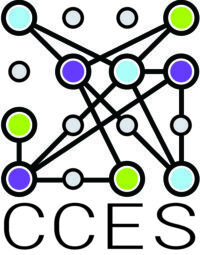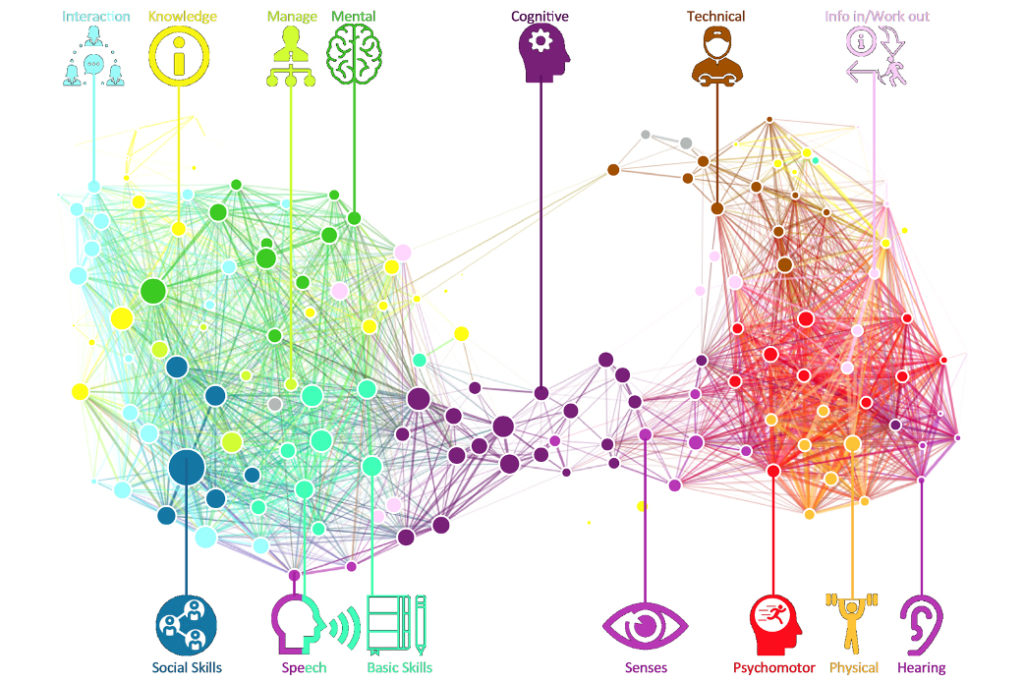In this project, we use tools from network science as well as a mixture of modeling and analysis approaches to show how network mapping of skills can unveil structural inefficiencies in the labor market. One of the tools we developed is called “SkillSpace”. It is a platform that encompasses data from multiple sources and presents it in concise, meaningful, and easy to navigate manner. For instance, SkillSpace can use labor market data to show the correlation between jobs and skills available in a particular region in a format that can guide policy makers to plan for a more resilient and diverse labor capacity for the 21st century economy. Using data-driven insights they can tailor training programs for employees and at the national level, stakeholders can optimize investments in the education system to assure that future workers have the right skills and knowledge base to adapt to rapidly changing technologies of tomorrow.
This type of skills matching analysis can help policy makers and individual workers alike. Individuals can also use the tool to find the best career path for their current skill set, or it can be used to guide current employees up the career ladder by showing a sample of verified career development pathways based on successful transitions that have already occurred already in a system.


